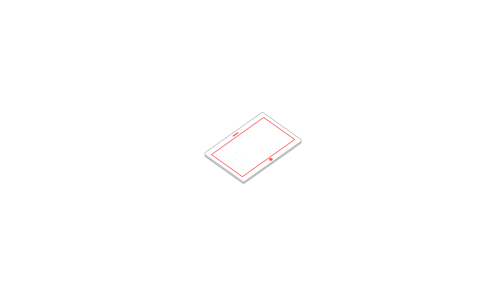Visuals are essential for the good marketing of your products, no matter your sector of activity. They must be an integral part of the offered experience on digital channels in order to appeal to the consumer and thus contribute to the purchase decision. Several formats are conceivable for the creation of your visuals, and it is clear that 3D product visuals are now more than ever a rising trend.
This 3D design mode is more and more requested by brands, but what does it bring to the table? How does it differ from a classic product shoot?
Photoshoot and 3D: What Are The Differences?
Classic product shoots of the packshot are done by a photographer and require, given its nature, to have the manufactured product in your possession. A shoot involves specific organization and significant logistical constraints, which are even more present when it comes to fresh products. In addition, each change in the packaging or significant modification of the product forces you to have a new shoot done in order to keep your product catalog up-to-date and to meet the requirements of consumers waiting for perfectly reliable content.
3D visuals, which we can describe as a "3D packshot", is modeled from the product's artwork (O.K. to print - PDF). A specialized graphic designer designs all the required visuals from the elements of the artworks and then creates a lighting phase for the product. 3D lifts the inherent constraints in the logistics of shoots and can take on all types of products, food or other.
Why Consider 3D?
3D visuals are made from artworks, giving you a considerable advantage: that of being able to prepare your marketing campaigns and the marketing of your product well before its manufacture. The artworks are, on average, available 8 to 12 weeks before the availability of a first sample of the physical product, 3D thus gives you a head start over your competitors and allows you to present your innovation more quickly both internally and externally. You save valuable time and optimize your time-to-market, while preparing under the most favorable conditions, the marketing phase. 3D is also at the service of your products already on the market and offers excellent flexibility to offer your product lines or update them in record time.
The visuals resulting from the modeling must of course be realistic, or else your brand will offer consumers visuals that are far from reality, creating a "false" and unattractive effect. Although some products are more complex to model realistically than others, a studio or a graphic designer with the necessary know-how will create visuals that are close to reality.
Note, however, that the use of 3D does not exempt you from complying with GS1 standards in terms of visual (views, angles, resolution, size...), to allow their exchange throughout the GDSN network.
And you, which design will you choose for your product catalog?


